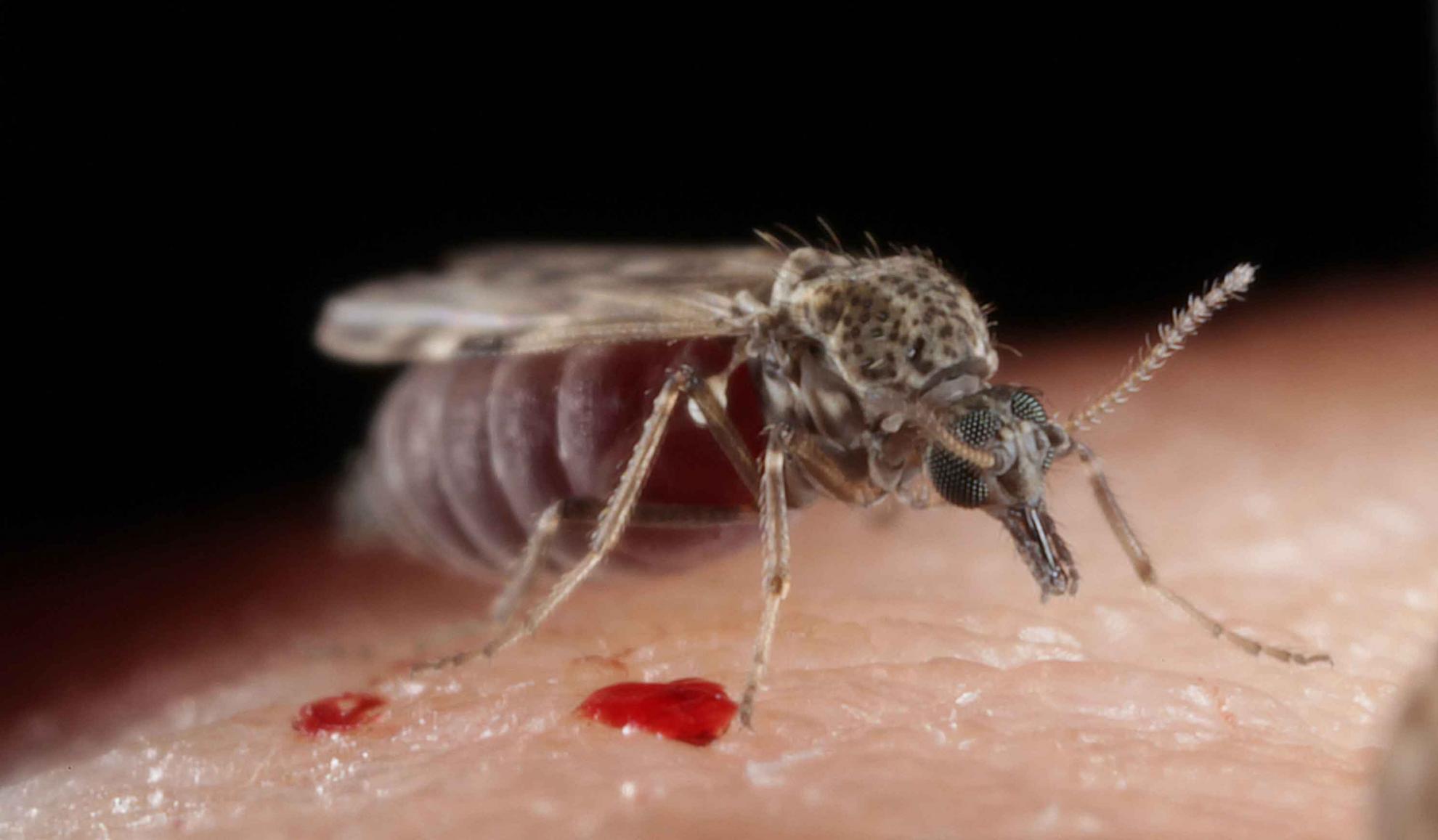Impacts of climate, host and landscape factors on Culicoides species in Scotland
Culicoides biting midges (Diptera: Ceratopogonidae) vector a wide variety of internationally important arboviral pathogens of livestock and represent a widespread biting nuisance. This study investigated the influence of landscape, host and remotely-sensed climate factors on local abundance of livestock-associated species in Scotland, within a hierarchical generalized linear model framework. The Culicoides obsoletus group and the Culicoides pulicaris group accounted for 56% and 41%, respectively, of adult females trapped. Culicoides impunctatus Goetghebuer and C. pulicaris s.s. Linnaeus were the most abundant and widespread species in the C. pulicaris group (accounting for 29% and 10%, respectively, of females trapped). Abundance models performed well for C. impunctatus, Culicoides deltus Edwards and Culicoides punctatus Meigen (adjusted R2: 0.590.70), but not for C. pulicaris s.s. (adjusted R2: 0.36) and the C. obsoletus group (adjusted R2: 0.08). Local-scale abundance patterns were best explained by models combining host, landscape and climate factors. The abundance of C. impunctatus was negatively associated with cattle density, but positively associated with pasture cover, consistent with this species' preference in the larval stage for lightly grazed, wet rush pasture. Predicted abundances of this species varied widely among farms even over short distances (less than a few km). Modelling approaches that may facilitate the more accurate prediction of local abundance patterns for a wider range of Culicoides species are discussed.
Back to publications
Publication
Contributors
Purse B V, Falconer D, Sullivan M J, Carpenter S, Mellor P S, Piertney S B, Mordue A J, Albon S, Gunn G J, Blackwell A
Year
2012
Journal
Medical and Veterinary Entomology
Volume
26
Issue
2
Pages
168-177
Altmetric details
Associated groups
